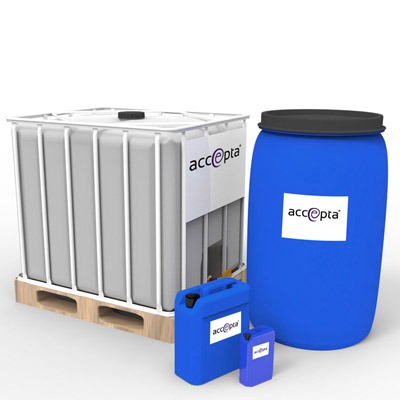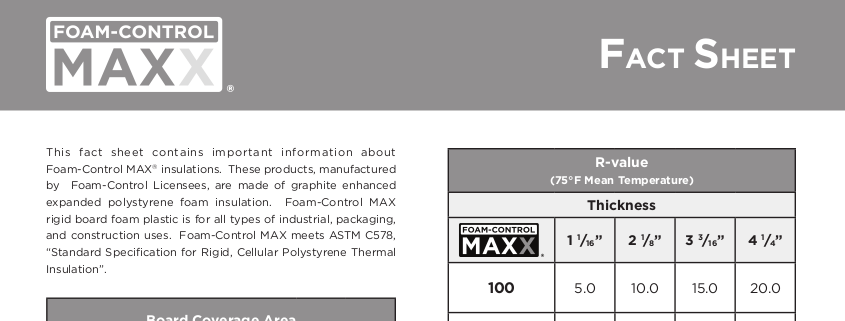The Ultimate Overview to Advanced Foam Control Techniques and Solutions
Effective Techniques for Accomplishing Optimum Foam Control in Chemical Manufacturing
Effective foam control is an important facet of chemical production that can significantly influence manufacturing efficiency and product high quality. By recognizing the devices of foam formation and selecting appropriate anti-foaming agents, suppliers can take proactive actions to alleviate extreme foam. In addition, the execution of procedure optimization techniques and progressed monitoring systems plays a crucial role in maintaining ideal operating conditions. Nonetheless, the subtleties of these strategies can differ extensively throughout various applications, elevating essential concerns concerning best methods and real-world applications that merit additional expedition.
Understanding Foam Development

Surfactants, or surface-active agents, reduce the surface tension of the liquid, promoting bubble security and promoting foam generation. In addition, frustration or mixing processes can enhance bubble formation, commonly worsening foam concerns. The attributes of the liquid medium, including thickness and thickness, further impact foam behavior; for instance, even more viscous liquids often tend to catch air better, bring about raised foam security.
Recognizing these essential elements of foam development is important for efficient foam control in chemical manufacturing. By acknowledging the problems that promote foam growth, manufacturers can implement targeted approaches to minimize its unfavorable impacts, thus maximizing production procedures and making sure consistent item high quality. This foundational expertise is important before checking out particular methods for regulating foam in industrial settings.
Option of Anti-Foaming Representatives
When picking anti-foaming representatives, it is vital to consider the details attributes of the chemical process and the kind of foam being generated (Foam Control). Different variables affect the performance of an anti-foaming representative, including its chemical make-up, temperature level stability, and compatibility with other procedure products
Silicone-based anti-foams are commonly made use of due to their high performance and broad temperature range. They function by reducing surface area tension, enabling the foam bubbles to integrate and break even more easily. They may not be appropriate for all applications, particularly those entailing delicate solutions where silicone contamination is a worry.
On the other hand, non-silicone representatives, such as mineral oils or organic compounds, can be useful in particular scenarios, specifically when silicone deposits are undesirable. These agents have a tendency to be much less reliable at greater temperature levels but can give reliable foam control in various other problems.
Additionally, comprehending the foam's beginning-- whether it occurs from aeration, anxiety, or chain reactions-- overviews the option procedure. Evaluating under real operating conditions is crucial to make certain that the picked anti-foaming representative satisfies the one-of-a-kind needs of the chemical production process effectively.
Process Optimization Methods
Reliable foam control is an important facet of maximizing chemical production processes. To boost effectiveness and lessen manufacturing costs, makers need to apply targeted process optimization strategies. One important method involves changing mixing setups and speeds. By fine-tuning these criteria, drivers can lower turbulence, thus minimizing foam formation throughout blending.
Additionally, managing temperature and stress within the system can substantially impact foam generation. Reducing the temperature level may lower the volatility of certain parts, leading to lowered foam. Furthermore, maintaining ideal stress degrees helps in alleviating too much gas release, which adds to foam stability (Foam Control).
One more efficient technique is the strategic enhancement of anti-foaming agents at critical points of the procedure. Careful timing and dose can make certain that these representatives efficiently subdue foam without interrupting various other procedure criteria.
Furthermore, incorporating a systematic examination of basic material residential properties can assist recognize inherently foaming substances, enabling preemptive measures. Carrying out regular audits and procedure testimonials can reveal inadequacies and areas for enhancement, enabling continual optimization of foam control approaches.
Surveillance and Control Systems
Monitoring and control systems play a critical function in keeping optimal foam administration throughout the chemical production process. These systems are necessary for real-time monitoring and adjustment of foam degrees, guaranteeing that manufacturing effectiveness is maximized while decreasing disturbances triggered check my source by extreme foam development.
Advanced sensors and instrumentation are utilized to find foam thickness and elevation, supplying important information that notifies control algorithms. This data-driven approach allows for the prompt application of antifoaming agents, making certain that foam degrees remain within appropriate limitations. By integrating monitoring systems with procedure control software program, makers can carry out computerized actions to foam variations, decreasing the requirement for hands-on intervention and improving operational consistency.
Moreover, the integration of artificial intelligence and predictive analytics right into keeping an eye on systems can promote aggressive foam monitoring. By assessing historical foam information and functional specifications, these systems can forecast foam generation patterns and suggest preemptive actions. Regular calibration and maintenance of surveillance tools are vital to make sure precision and dependability in foam detection.
Inevitably, effective surveillance and control systems are crucial for enhancing foam control, promoting safety, and boosting overall efficiency in chemical production atmospheres.

Study and Finest Practices
Real-world applications of tracking and control systems highlight the importance of foam administration in chemical manufacturing. A notable situation research includes a large-scale pharmaceutical manufacturer that applied an automated foam discovery system.
Another excellent instance originates from a petrochemical firm that embraced a combination of antifoam representatives and procedure optimization methods. By evaluating foam generation patterns, the organization tailored its antifoam dosage, resulting in a 25% reduction in chemical usage and substantial expense savings. This targeted method not just reduced foam interference but likewise boosted the total stability of the production process.

Conclusion
To conclude, attaining ideal foam control in chemical production demands a comprehensive technique including the option of appropriate anti-foaming representatives, execution of process optimization methods, and the integration of sophisticated surveillance systems. Routine audits and training better boost the effectiveness of these approaches, fostering a society of continual renovation. By resolving foam development proactively, manufacturers can substantially improve manufacturing efficiency and product quality, eventually adding to more lasting and economical procedures.
By understanding the devices of foam development and selecting appropriate anti-foaming representatives, manufacturers can take aggressive measures to alleviate excessive this page foam. The attributes of the fluid medium, consisting of thickness and density, more influence foam behavior; for instance, more webpage viscous fluids have a tendency to catch air a lot more effectively, leading to boosted foam stability.
Comprehending these fundamental facets of foam formation is crucial for efficient foam control in chemical production. By examining historic foam data and operational specifications, these systems can forecast foam generation patterns and recommend preemptive steps. Foam Control. Normal audits of foam control gauges make sure that procedures continue to be optimized, while promoting a society of proactive foam monitoring can lead to sustainable renovations throughout the manufacturing range